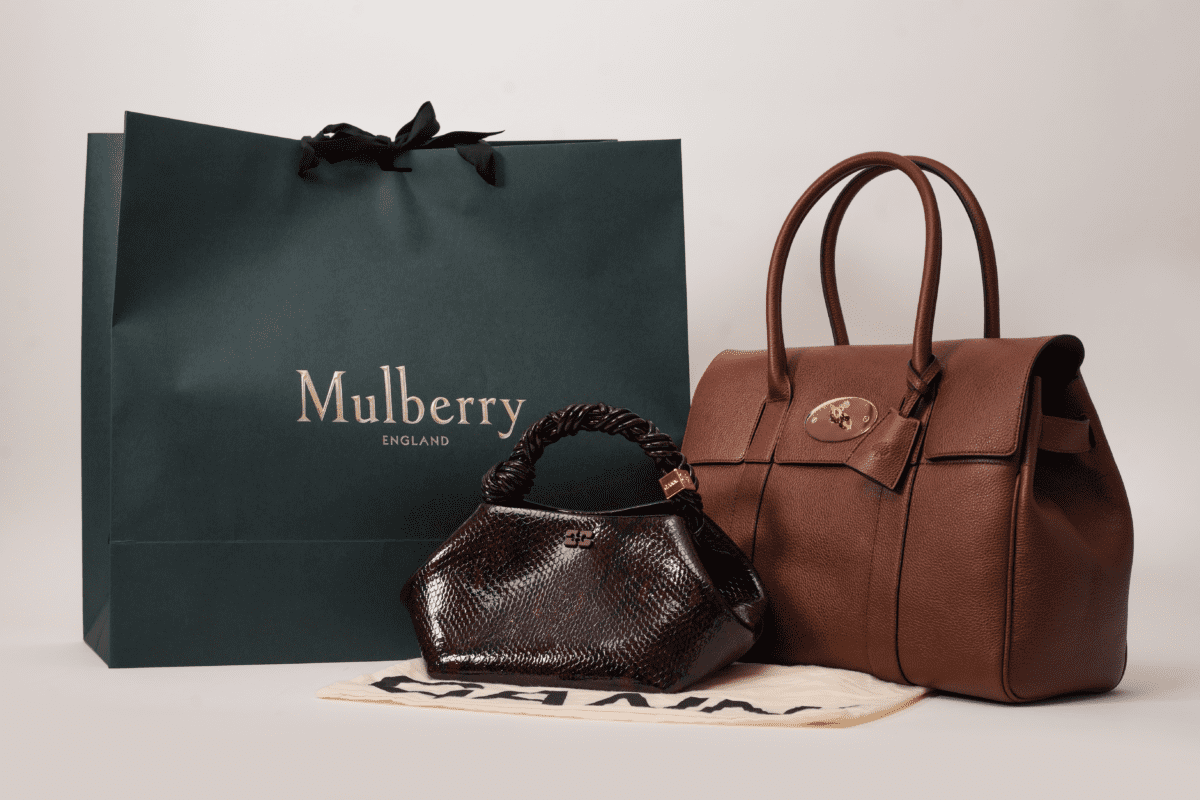March 27, 2025 | Posted in Blog

Fashion is constantly evolving and, thanks to social media, there’s seemingly a new trend every day. It can be fun to try out a new style but balancing that out with sustainable shopping habits is also super important for many of us. It makes you think about what you’re spending your money on.
High-street and regular brands have always been an important part of the fashion industry but they have also really upped their game in the last decade or so. These brands may be more associated with fast fashion but this isn’t always the case. You can find some real gems there but, for iconic investment pieces, you may be looking at designer brands.
A piece with a designer label tends to have that luxurious feel that can make a fashion lover beyond excited but, those pieces aren’t always the most accessible, be that with price or size range. You don’t need designer clothes and accessories to express your style, however, the brands are what set the trends.
If you are looking to delve into the designer world or wondering if more cost-effective choices can match up to the high-end names, no worries, we’re here to help. We’re taking a deep dive into the key differences between designer and regular brands so you can spend (or splurge) with all the right information.
You can actually divide the types of brands into four. There’s luxury (also known as Haute Couture), premium, regular slow fashion and regular mass market. The first two fit under the designer umbrella and the others are considered regular brands.
Here are the key differences between them:
Luxury – Think exclusive and one of a kind. The pieces created from luxury brands are the crème dele crème of couture. Many of these clothes, shoes and accessories will be made from high-quality materials, with more unique or trend-setting designs. They may even be made to measure and the prices will reflect this.
Examples of luxury brands include Chanel, Louis Vuitton, and Hermès.
Pros: Next level quality and truly unique pieces.
Cons: Comes at a cost.
Premium – Still fitting into the high-end category, premium brands still have that deluxe look and feel but, they’re able to mass produce their items and keep the price point a little lower. The materials and designs are still great quality, but you’ll be paying hundreds, not thousands.
Examples of premium brands include Coach, Michael Kors and Calvin Klein.
Pros: Designer quality and insta-worthy designs.
Cons: Less unique.
Slow fashion – Typically these brands are small businesses (or at least start out that way) and won’t mass produce their garments. The designs may still be as distinctive as luxury ones, but the prices are more accessible and they also tend to use more sustainable practices. The only downside is you’ll most likely be waiting longer for new drops and collections.
Example of slow fashion brands include Reformation, Ninety Percent and Everlane.
Pros: Environmentally-friendly and thoughtfully made.
Cons: Slow operations.
Mass Market – The names you’ll know from the high street, mass market brands are always being filled with new, more affordable designs. Due to demand, these brands have really elevated their pieces, expanding their size ranges and bettering the quality. There will be influence from recent runways but the materials used won’t be as high quality as more designer picks.
Examples of mass market brands include River Island, Zara and H&M.
Pros: Fashionable pieces at a fraction of the price with new designs always dropping.
Cons: Not always the most sustainable choice.
When shopping at a regular or designer brand,you’re going to be looking for pieces that feel like they’re built to last while still working for your personal sense of style. When you buy something designer though, it’s an investment and you’ll be on the look out for a lot more.
Here are some factors you may want to consider:
So, with everything we’ve discussed, you may be looking for a definitive answer on whether you should buy from designer brands or look into regular brands. The reality is, there isn’t a definitive answer. It’s about what works for you.
Be conscious of your budget and what you look for from a brand when it comes to ethics. Other than that, just enjoy finding bits that work for your wardrobe. Fashion is fun after all and, with so many options out there, branding isn’t the be all and end all.
If you’re looking to add a touch of luxury to your wardrobe with a quality designer bag, Your Dream Bag may be just what you’re looking for.
With our handpicked selection of designer handbags and accessories and easy-to-enter competitions, getting your hands on your next fashion fave is just a few clicks away.

Written by Eve Miller